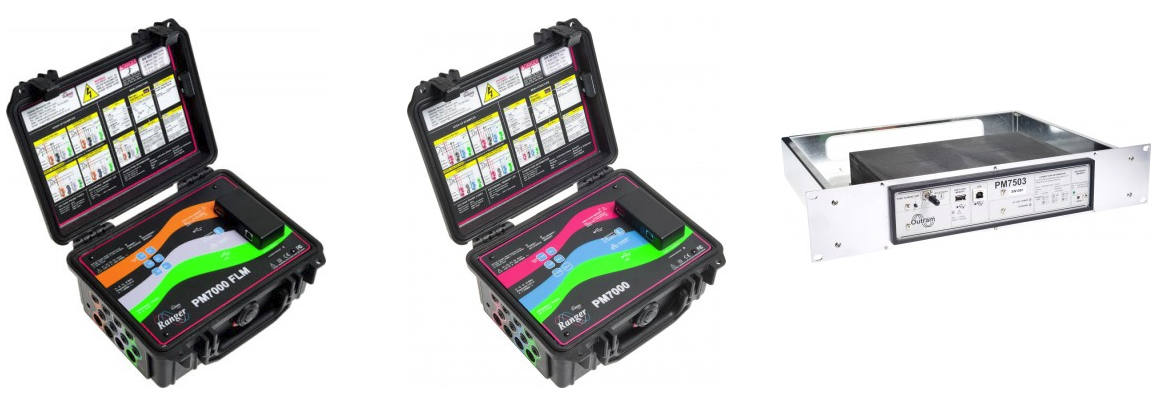
Here are a range of commonly asked questions on power quality monitoring and analysis, and the answers to them.
-
What is power quality?
- Power quality is quite a broad term, but in general it refers to the characteristics and consistency expected of electrical power everywhere from its generation to its delivery and use.
-
What are power quality issues?
- In the UK, single phase power should maintain a constant 230V. Power quality is allowed to fluctuate within certain boundaries (+10% to -6% of this value), but if the quality drops too high or low it can cause serious problems with equipment. Any time that poor power quality is causing trouble with the operation of electrical devices, it is a serious issue that needs to be addressed.
Even relatively small power quality issues should be monitored and analysed, as they could be indicative of a larger problem.
-
What causes power quality issues?
- It’s commonly believed that power quality issues are always the fault of the supplier rather than the customer, but the truth is more complicated and more often than not the other way round. Yes, the source can be the problem but there may also be issues with the facility or even the equipment being used that are creating power quality problems.
Power quality problems that are the fault of the supply tend to be the most serious, but not necessarily the most common. These could include anything from under-voltage and outage to arcing contactors. Problems within the facility can cause problems such as sag, surge and voltage distortion.
-
What are sags, surges and distortion?
- These are three of the most common kinds of power quality issues.
• Sags – these are short-term events of under-voltage that can occur when heavy loads like motors are switched on
• Surges – these are the opposite of sags and can occur at moments when heavy loads are switched off
• Distortion – another common form of power disturbance. It occurs when the standard waveform deviates and it causes excess heat in transformers and motors -
What are some of the warning signs of bad power quality?
- Signs of poor power quality can be either subtle or obvious. You might notice that certain aspects of the equipment periodically fail without any obvious cause, or you might see burned out circuit boards.
-
How can I fix a power quality problem?
- There is no single solution to all power quality problems. As the problem could be coming from a variety of causes, it’s first vital that you identify where the issue lies by having the power quality monitored. From here you will be able to understand the extent of the problem and will be in a position to make an informed choice on your next steps.
-
What are the benefits of having your power quality monitored?
- Power quality monitoring can be useful for a wide variety of reasons. Firstly, if your power quality is poor it can be causing equipment to either fail or underperform – at best this can be frustrating, at worst it can damage equipment which be costly to fix or replace. Additionally, it can cause you to overuse power, making your energy costs more expensive than it should be. Finally, for good energy management you need to understand how much power you are using. Poor quality power can mess the figures around.
-
Should you measure your power quality yourself or have someone do it for you?
- If you want to have your power quality measured, you face the decision of whether to do it yourself or to call in specialists to do it for you. This may depend on your technical knowledge and expertise – if you are experienced and comfortable using power analysers you can hire or buy a monitor to use. Alternatively, if you would prefer to have someone do the monitoring for you, Outram offers power quality surveys. Please get in contact with us if you would like more information on the services we offer.
